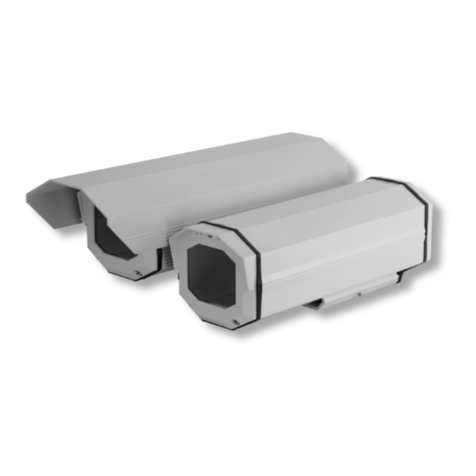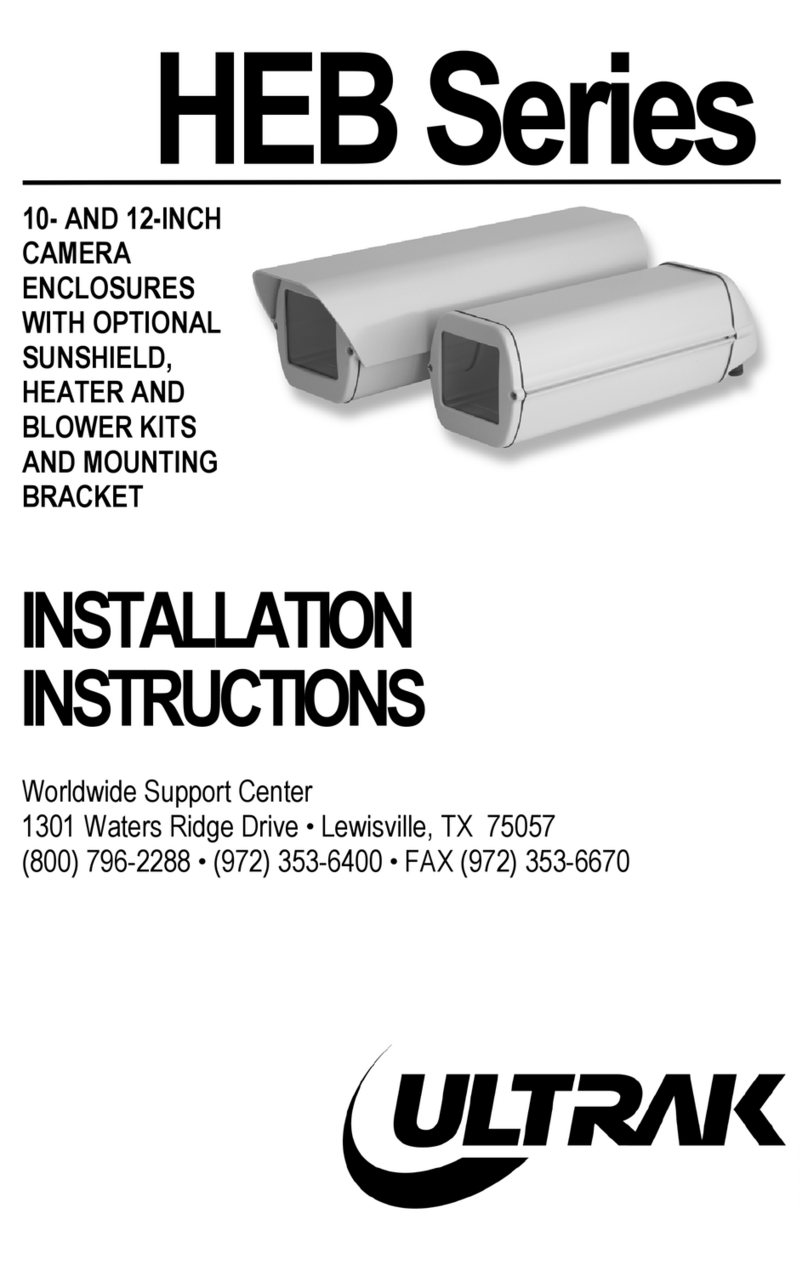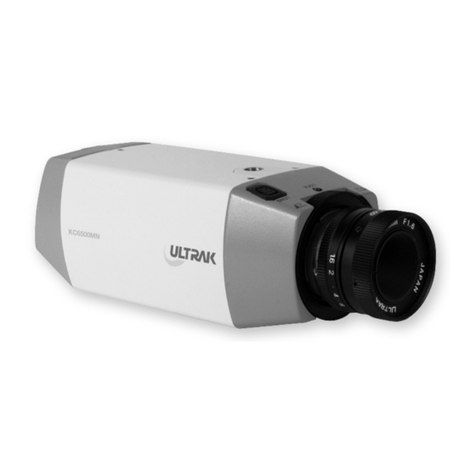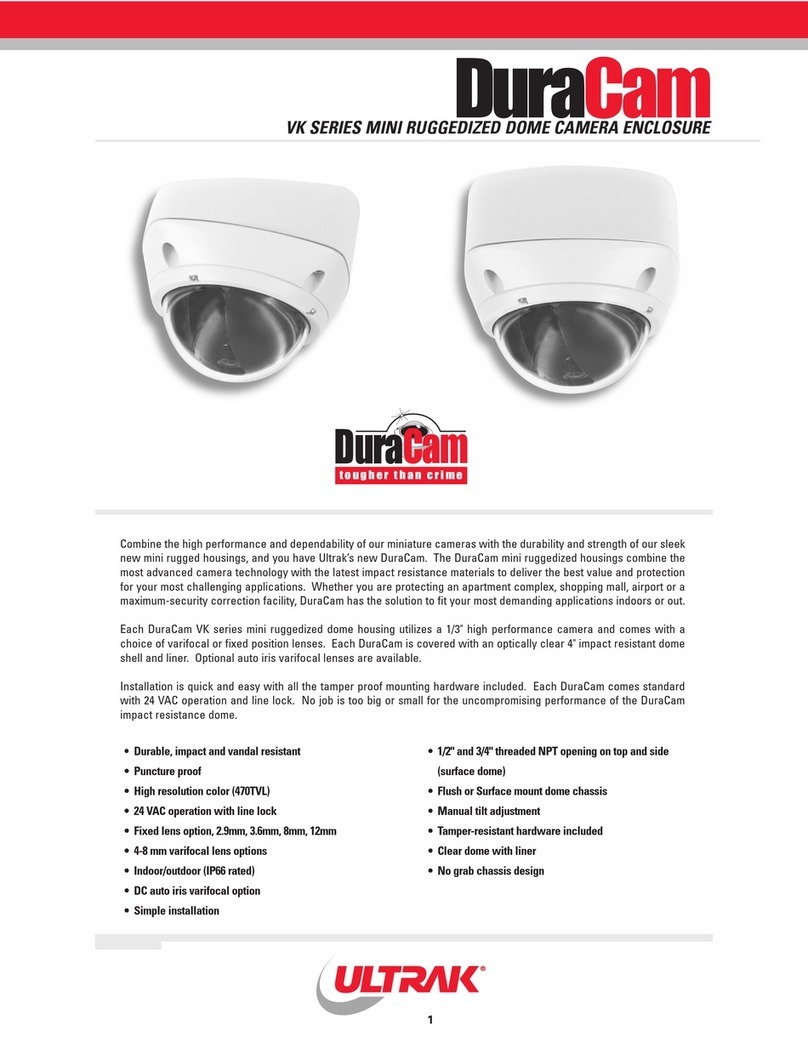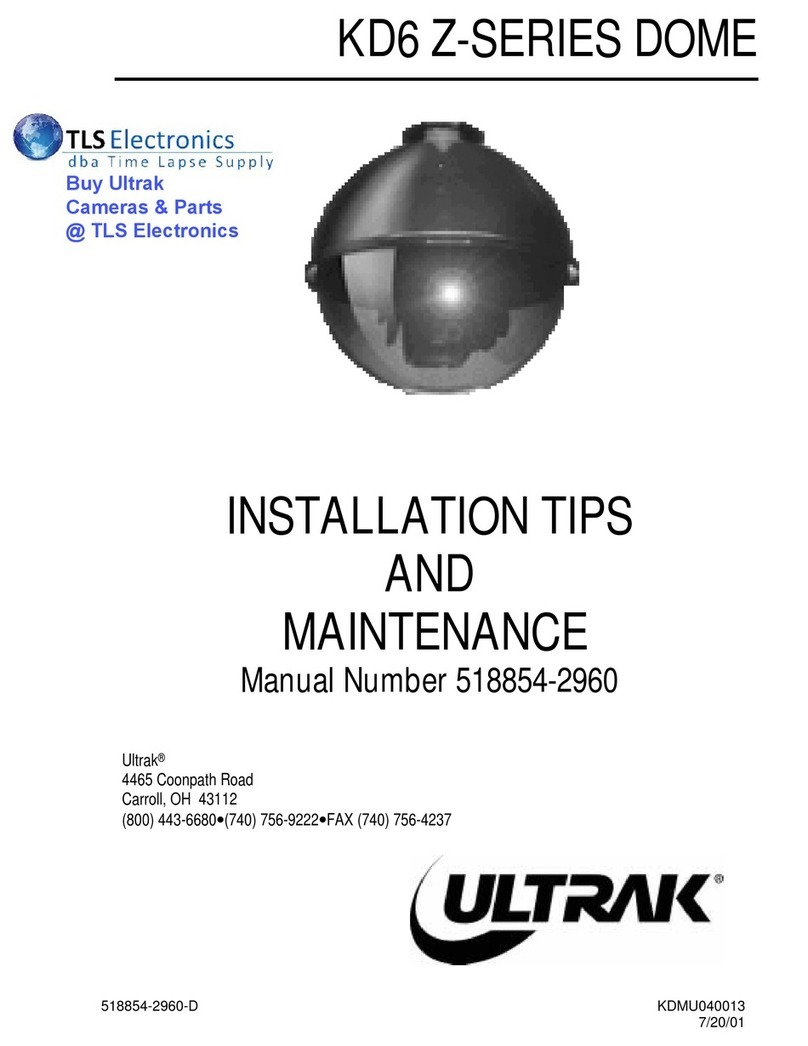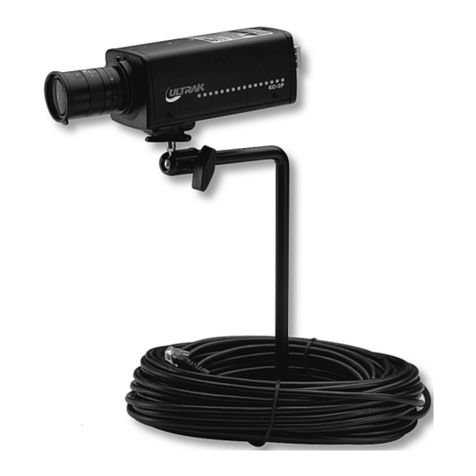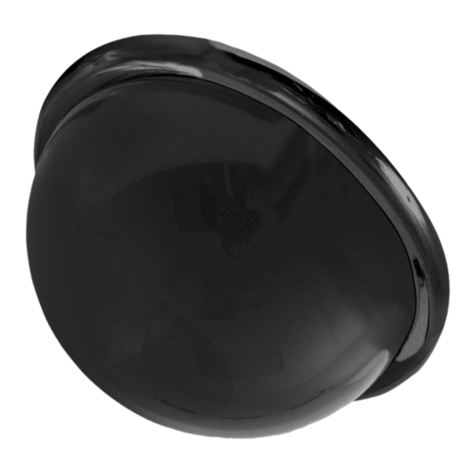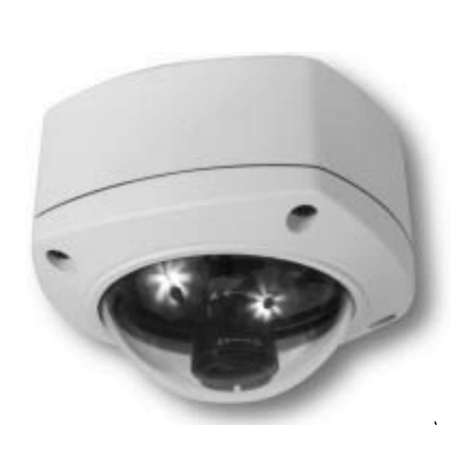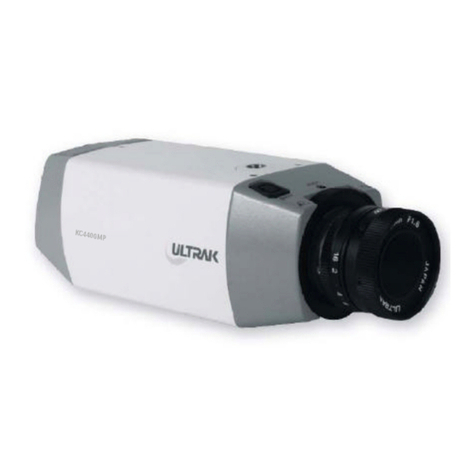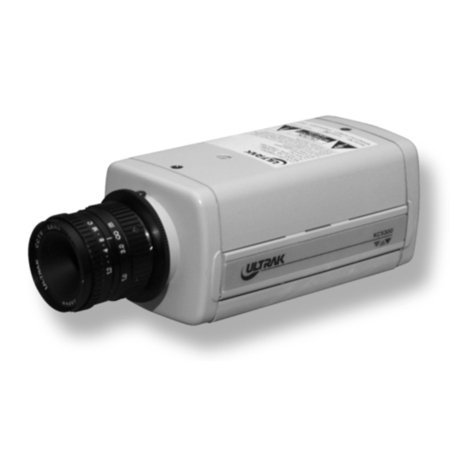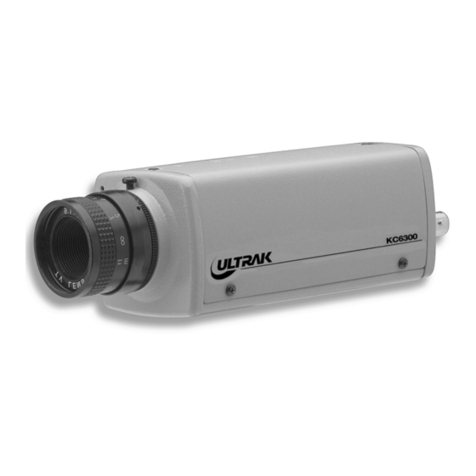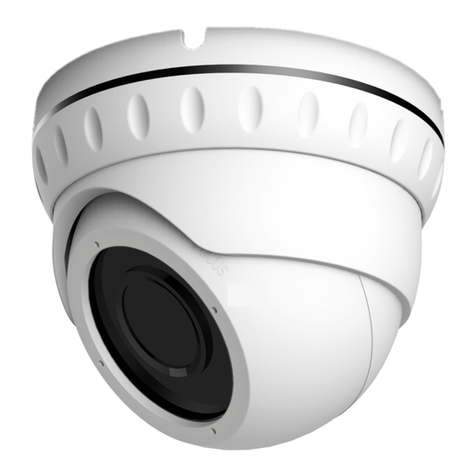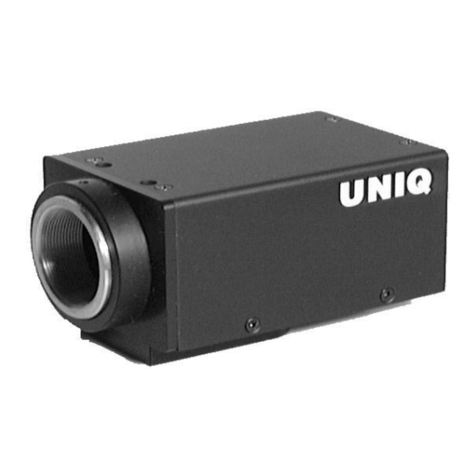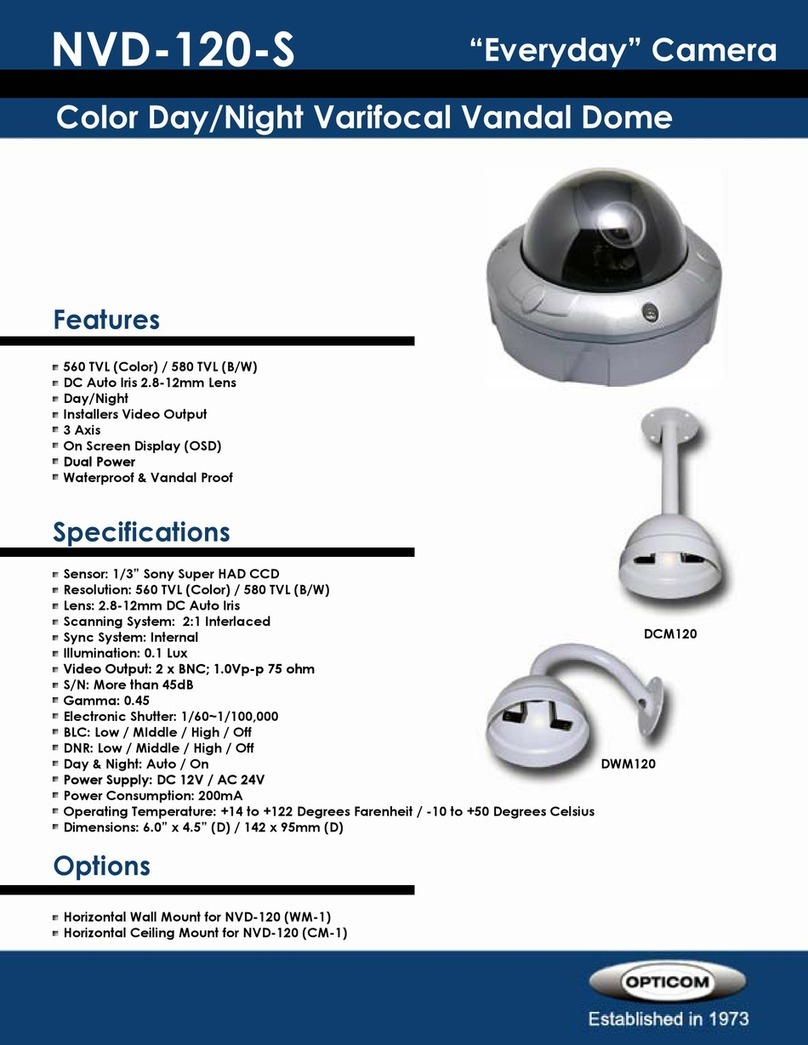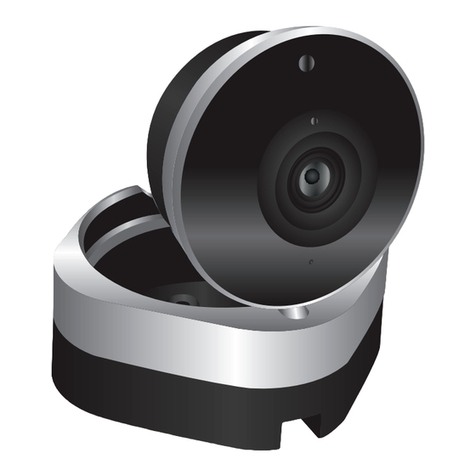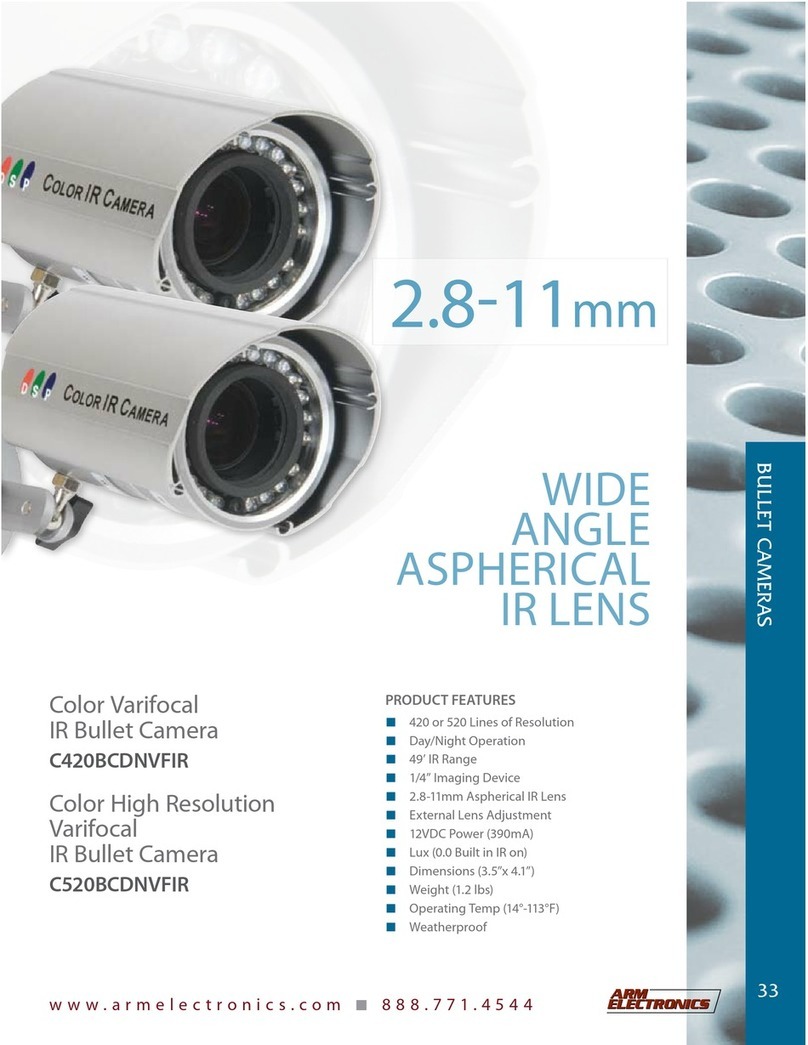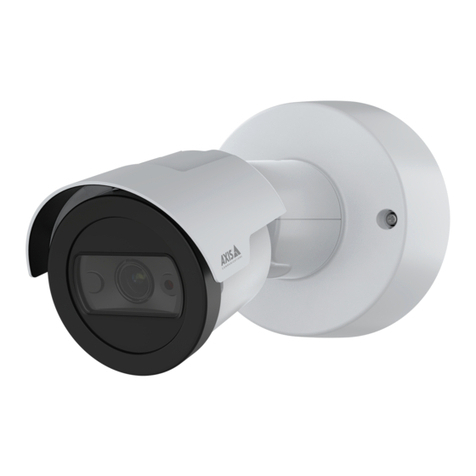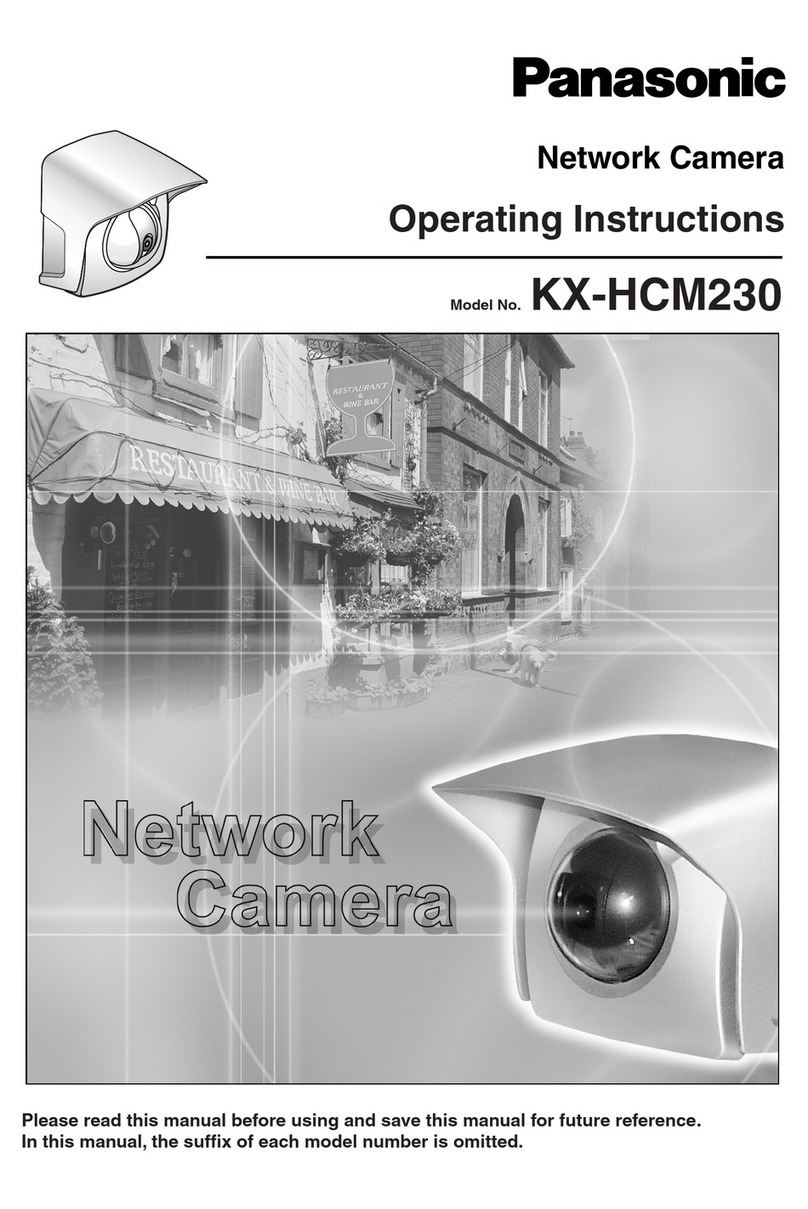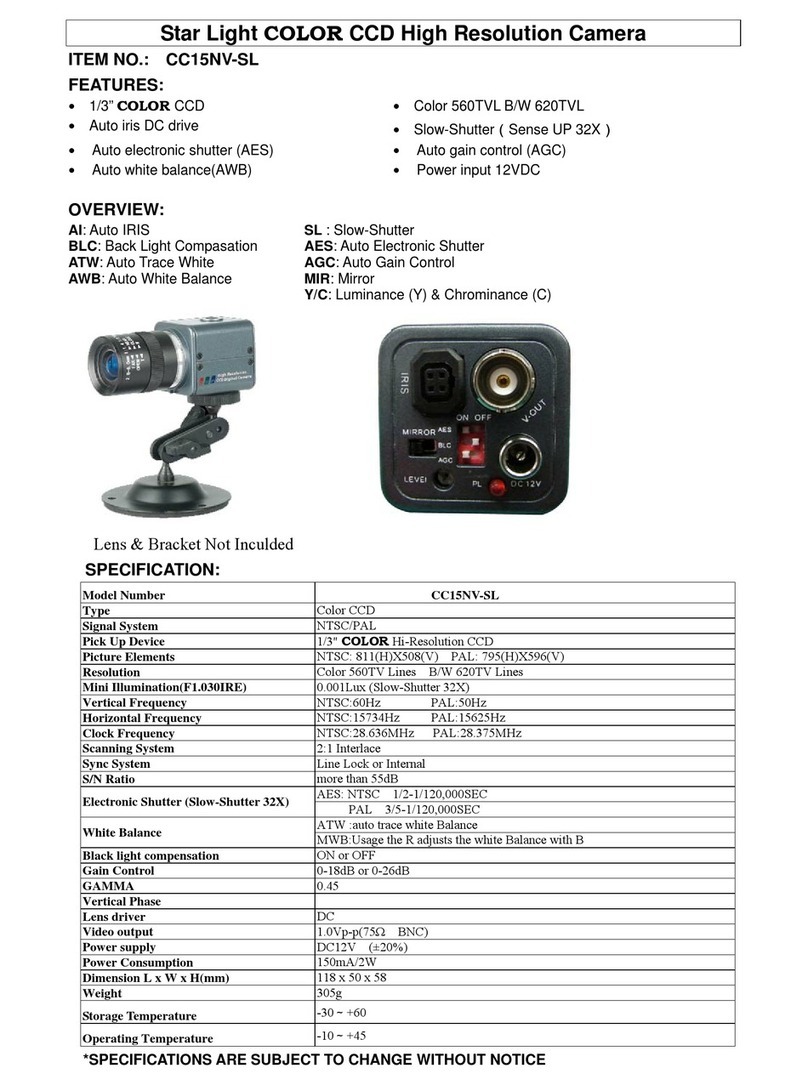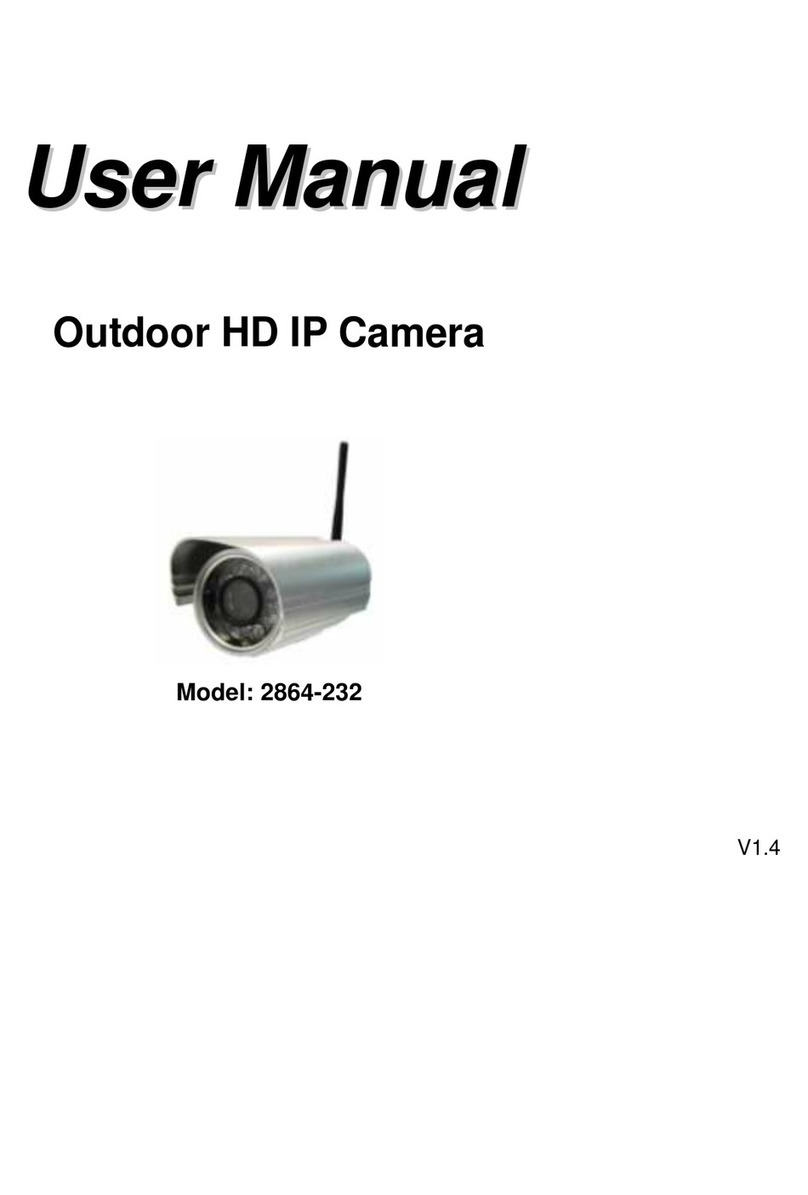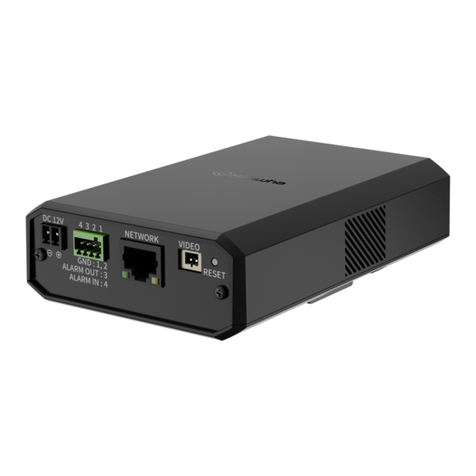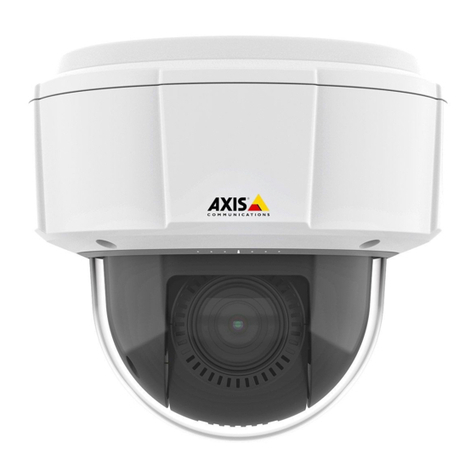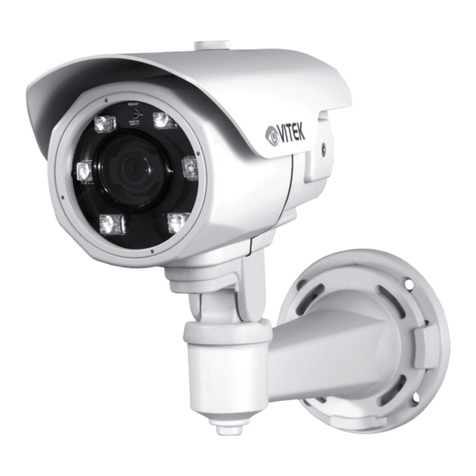3
TABLE OF CONTENTS
IMPORTANT SAFEGUARDS & WARNING........................................................ 4
1.1 PURPOSE .......................................................................................................... 5
1.2 SYSTEM INSTALLATION................................................................................... 5
1.3 MANUAL IRIS LENS ADJUSTMENT.................................................................. 7
1.4 VIDEO TYPE AUTO IRIS LENS INSTALLATION AND ADJUSTMENT.............. 7
1.5 DC IRIS LENS INSTALLATION AND ADJUSTMENT......................................... 8
1.6 BACK FOCUS ADJUSTMENT............................................................................ 9
1.7 PHASE ADJUSTMENT..................................................................................... 10
2.1 TROUBLESHOOTING...................................................................................... 11
2.2 PREVENTIVE MAINTENANCE ........................................................................ 11
SPECIFICATIONS............................................................................................ 12
INHALTSVERZEICHNIS
WICHTIGE SICHERHEITSMAßNAHMEN & WARNHINWEIS.......................... 13
1.1 VERWENDUNGSWECK .................................................................................. 14
1.2 INSTALLATION DES SYSTEMS ...................................................................... 14
1.3 EINSTELLUNG VON OBJEKTIVEN MIT MANUELLER BLENDE.................. 16
1.4 INSTALLATION UND EINSTELLUNG VON AI-OBJEKTIVEN MIT
AUTOMATISCHER BLENDE............................................................................ 17
1.5 INSTALLATION UND EINSTELLUNG VON DC-OBJEKTIVEN ........................ 18
1.6 EINSTELLUNG DER TIEFENSCHÄRFE .......................................................... 19
1.7 PHASENEINSTELLUNG .................................................................................. 20
2.1 FEHLERBEHEBUNG........................................................................................ 21
2.2 VORBEUGENDE WARTUNG UND PFLEGE ................................................... 21
LEISTUNGSMERKMALE.................................................................................. 22
TABLE DES MATIERES
MISE EN GARDE IMPORTANTE & ATTENTION............................................. 23
1.1 GENERALITES................................................................................................. 24
1.2 INSTALLATION ................................................................................................ 24
1.3 REGLAGE D’OBJECTIF MANUEL ................................................................... 26
1.4 INSTALLATION ET REGLAGE D’OBJECTIF A DIAPHRAGME ASSERVI
VIDEO .............................................................................................................. 26
1.5 INSTALLATION ET REGLAGES DES OBJECTIFS DC.................................... 27
1.6 REGLAGE DU TIRAGE OPTIQUE ................................................................... 28
1.7 AJUSTEMENT DE PHASE............................................................................... 28
2.1 RECHERCHE DE DEFAUTS............................................................................ 30
2.2 MAINTENANCE PREVENTIVE ........................................................................ 30
SPECIFICATIONS............................................................................................ 31
INDICE
IMFORMAZIONI IMPORTANTI & ATTENZIONE.............................................. 32
1.1 INTRODUZIONE............................................................................................... 33
1.2 INSTALLAZIONE DEL SISTEMA...................................................................... 33
1.3 REGOLAZIONE DEGLI OBIETTIVI MANUALI.................................................. 35
1.4 INSTALLAZIONE E REGOLAZIONE DEGLI OBIETTIVI AUTOIRIS................. 35
1.5 INSTALLAZIONE E REGOLAZIONE DEGLI OBIETTIVI AUTOIRIS ND........... 37
1.6 REGOLAZIONE DEL FUOCO MECCANICO.................................................... 38
1.7 REGOLAZIONE DELLA FASE ......................................................................... 38
2.1 MALFUNZIONAMENTI ..................................................................................... 39
2.2 MANUTENZIONE PREVENTIVA...................................................................... 39
SPECIFICHE TECNICHE ................................................................................. 40
